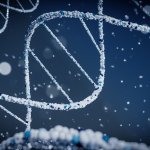
News • Study on deliberate ignorance
Why one in three people avoid information about their own health
One in three people do not want to know about serious illnesses—even if they might be affected themselves. A new review study explores the reasons for this deliberate ignorance.























